Thermodynamic considerations in renal separation processes
- PMID: 28122568
- PMCID: PMC5267413
- DOI: 10.1186/s12976-017-0048-7
Thermodynamic considerations in renal separation processes
Abstract
Background: Urine production in the kidney is generally thought to be an energy-intensive process requiring large amounts of metabolic activity to power active transport mechanisms. This study uses a thermodynamic analysis to evaluate the minimum work requirements for urine production in the human kidney and provide a new perspective on the energy costs of urine production. In this study, black-box models are used to compare the Gibbs energy inflow and outflow of the overall kidney and physiologically-based subsections in the kidney, to calculate the work of separation for urine production.
Results: The results describe the work done during urine production broadly and for specific scenarios. Firstly, it shows glomerular filtration in both kidneys requires work to be done at a rate of 5 mW under typical conditions in the kidney. Thereafter, less than 54 mW is sufficient to concentrate the filtrate into urine, even in the extreme cases considered. We have also related separation work in the kidney with the excretion rates of individual substances, including sodium, potassium, urea and water. Lastly, the thermodynamic calculations indicate that plasma dilution significantly reduces the energy cost of separating urine from blood.
Conclusions: A comparison of these thermodynamic results with physiological reference points, elucidates how various factors affect the energy cost of the process. Surprisingly little energy is required to produce human urine, seeing that double the amount of work can theoretically be done with all the energy provided through pressure drop of blood flow through the kidneys, while the metabolic energy consumption of the kidneys could possibly drive almost one hundred times more separation work. Nonetheless, the model's outputs, which are summarised graphically, show the separation work's nuances, which can be further analysed in the context of more empirical evidence.
Keywords: Energy balance; Gibbs energy; Human kidney; Sensitivity analysis; Separation work; Urine production.
Figures
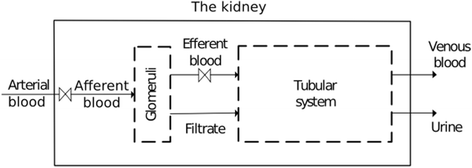


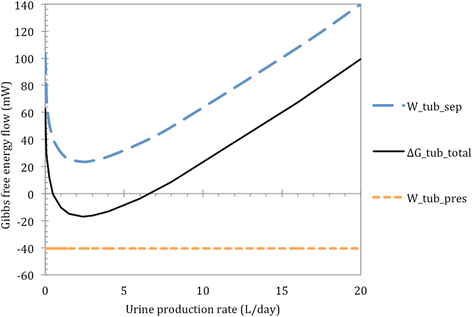
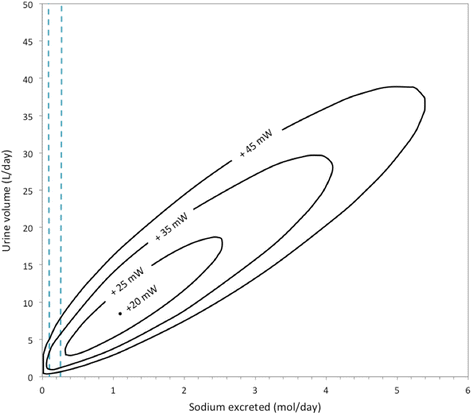

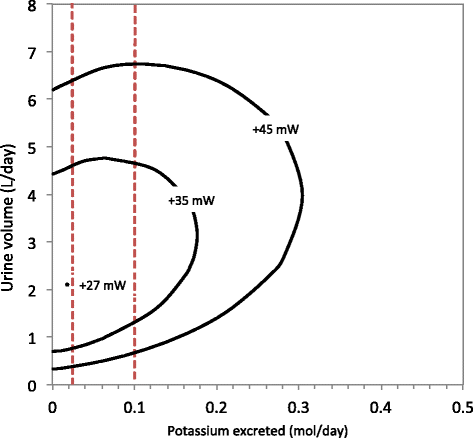

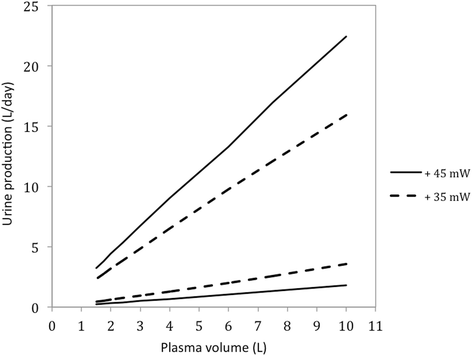
References
-
- Burtis CA, Ashwood ER, Bruns DE. Tiez Textbook of Clinical Chemistry and Molecular Diagnostics. St. Louis: Elsevier Health Sciences; 2012.
-
- Casellas D, Navar LG. In vitro perfusion of juxtamedullary nephrons in rats. Am J Physiol. 1984;246(3):F349–F358. - PubMed
Publication types
MeSH terms
Substances
LinkOut - more resources
Full Text Sources
Other Literature Sources

